Carsick? Try These Pressure Points To Help With Motion Sickness

You're riding in the back of the car, or maybe on a boat, and the familiar feeling starts to creep in on you: nausea (ugh). Once that feeling hits, it's really difficult to enjoy the ride, let alone where you might be traveling to.
If you're privy to that grueling nausea that comes with motion sickness, maybe you always opt to sit in the front seat, just in case a bout of nausea or wooziness hits. Perhaps if your partner surprises you with a sunset boat cruise, your first thought isn't to celebrate but rather to pray that you packed an anti-nausea remedy in your travel bag.
Sound familiar? Fear not—luckily, a little preemptive acupressure can go a long way in helping to prevent or mitigate motion sickness.
Acupressure is a similar treatment to acupuncture, in that it is based in Chinese medicine and follows the road map of energy channels on your body; but rather than using needles, you massage specific points. It's praised for multiple reasons—our favorite being that it's a super-accessible, do-anywhere, anytime tool to have in your back pocket. There are very low to no side effects, and you are empowered to help yourself! What more could a carsick passenger want?
Try these pressure points before and during when you may be feeling an onset of motion sickness. The power to feel better is literally at your fingertips.
Before getting into it, some pro tips:
- These points are located on both sides of your body (right and left).
- Press and hold each point with steady pressure, to your comfort level, for 30 to 60 seconds.
- Engage in slow and relaxed breathing while pressing the points.
- For best results, find a calming and comfortable place.
- This can be done discreetly without much notice.
- You can repeat the moves two to three times per day if you like.
- Check with your physician before using acupressure. Some of these points are not advised during pregnancy.
Even if you aren't completely sure where the point is, hunt around a little for the spot that feels like it needs your attention. Chances are, giving love to that area will be helpful for you!
Pericardium 6 (aka "Chill Belly").
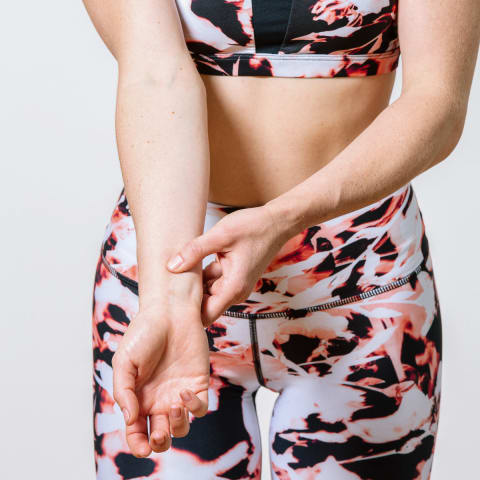
This is probably the most well-known point for motion sickness. It's the acupressure point you seek when wearing wristbands to avoid seasickness. Find it on your inner wrist, about two fingerprints from the bend in your wrist, right at the center between your tendons. This point can help with nausea and upset stomach and can also have a calming effect.
Large Intestine 4 (aka "The Mover and Shaker").
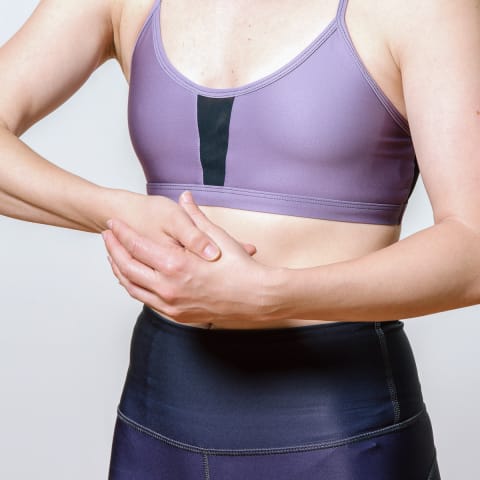
This point is another famous point, most commonly used for headaches. According to Chinese medicine, this is a "master point" that should be pressed every day for general support. This point is also useful for supporting digestion issues, which is useful for motion sickness, as nausea often relates to discomfort in your stomach. Find it in the webbing between your index finger and thumb.
Note: Skip this one if you are pregnant!
Gallbladder 20 (aka "Migraine Melter").
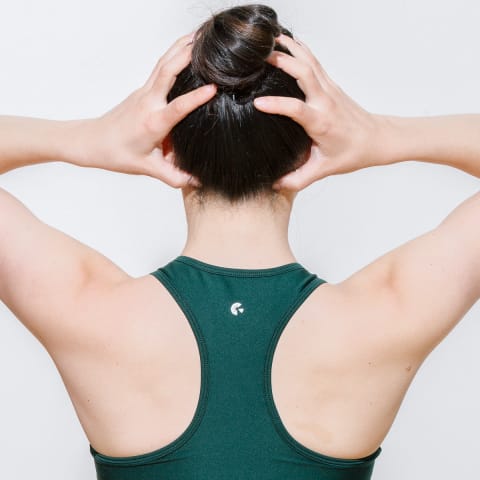
This is a headache-relief point. You can find it by placing your thumbs on the bony ledge behind your ears and gently trace them toward your spine. You will find a groove on each side where your neck muscles attach to your skull. Go easy on this point! If you massage too aggressively too soon, it may cause more tension.
Liver 3 (aka "The Smooth Flow").
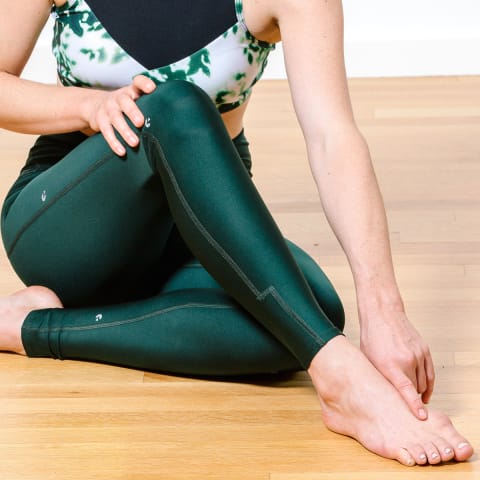
Like Large Intestine 4, this is another master point, recommended to press for daily health boosting. It is best known as a detoxification point, as it is connected to your liver. According to Chinese medicine, your liver is responsible for the smooth flow of your energy (chi), blood, and emotions. If you are feeling stuck, stimulating your liver points can help get your energy moving upward and outward. Find it on the top of your foot, in the webbing between your big toe and second toe.
Spleen 4.
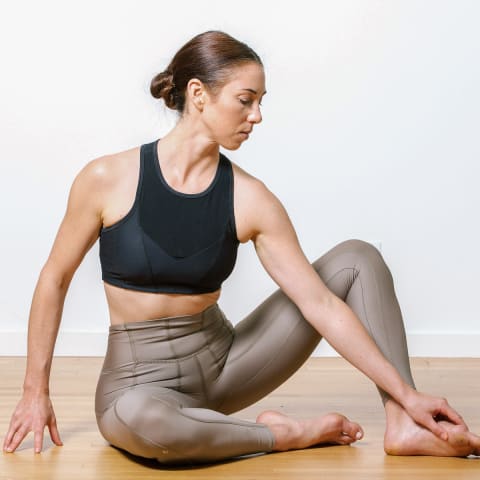
This pressure point on the inside of your foot is connected to the spleen. It helps with nausea caused by stomach problems, and it can have a calming effect.
This point can be a little trickier to find, but we suggest finding it like this:
- Sit down and pull one foot onto your knee so that the inside of the foot is facing you.
- Slide your hand from your big toe to the side of your foot.
- This point is where your foot begins to arch, just past the padded ball of your feet.
- You should feel a slight downward curve of the foot in the S4 point. Apply pressure to this area.
- Repeat on your other foot.
Stomach 36 (aka "Energizer Bunny").
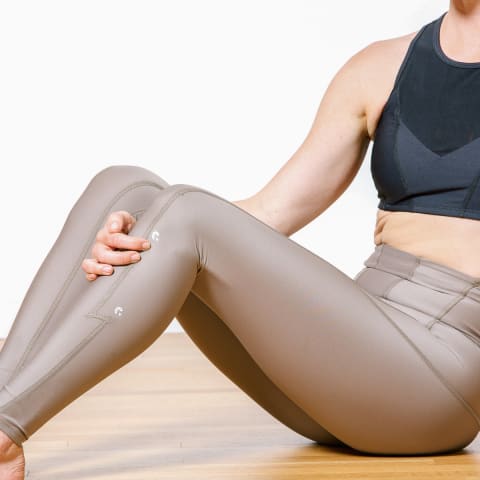
This energy-boosting point is used to harmonize digestion and address metabolic issues, and it can also help build strength and endurance. Press the head of the muscle located outside the lower border of the knee, where the bulge occurs when you flex and release your foot.
Note: Skip this one if you're pregnant!

Kaita Mrazek, RYT-200 & Bonnie Crotzer, RYT-200 are yoga instructors, fascial stretch therapy experts, and co-founders of Ghost Flower Activewear, a clothing brand inspired by Chinese medicine.
Kaita is a certified Fascial Stretch Therapy practitioner, PMA Certified Pilates Teacher, and has gone through the BASI Pilates Comprehensive Teacher Training and E-RYT 200 Hour Raja Yoga Teacher Training. Her research has been published in Frontiers, and she has been featured in the New York Times. She currently instructs clients in the form of private sessions and classes inspired by Pilates, Yoga, FST, and the Ghost Flower practice.
Bonnie is a professional ballet dancer, a soloist at State Street Ballet (among others) for over 10 years, a former Elite trainer at the Genius of Flexibility and is now a resistance stretching trainer, as well as a yoga instructor at Sky Ting in NYC. She studied at the University of California and also under Bob Cooley, who taught her how to manipulate fascia and scar tissue. She received her yoga teacher training at the White Lotus Foundation.